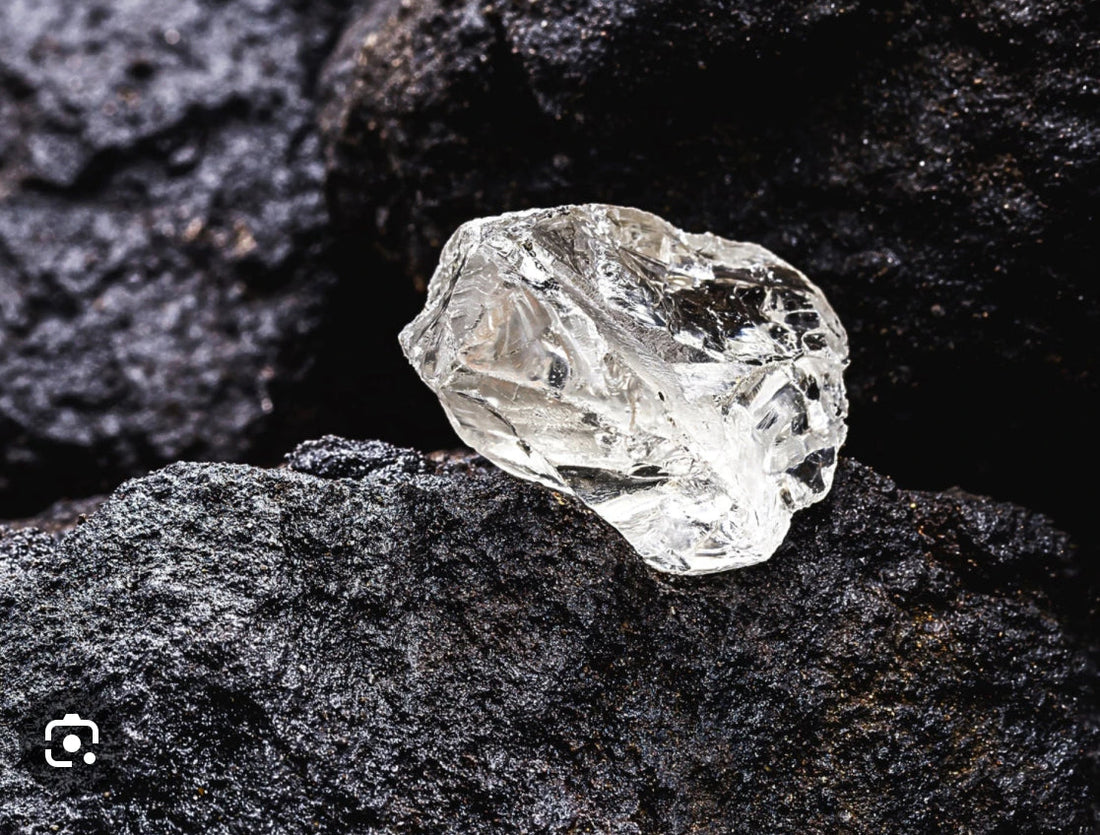
De Beers’ First Kimberlite Discovery in 30 Years - What It Means for Diamonds
Share
In August 2025, De Beers announced something the diamond world hasn’t seen in decades - the discovery of a kimberlite field in Angola.
It’s the first time in 30 years the mining giant has identified a new field of this kind, and it could signal big changes for the global diamond market.
But why should you care if you’re shopping for an engagement ring or investing in a piece of fine jewellery? Let’s break it down.
What is a Kimberlite Field?
- Kimberlite is a rare type of volcanic rock that can contain diamonds.
- Finding a field means locating a cluster of diamond-bearing pipes, which could potentially supply the market for years or even decades.
Why This Discovery is a Big Deal
1. Rarity of Finds - Large new diamond sources are increasingly uncommon. The last comparable discovery for De Beers was three decades ago.
2. Boost to Natural Diamond Supply - If commercially viable, this field could help offset declining output from older mines in Botswana, South Africa, and Canada.
3. Market Stability - More supply can ease price pressure, but the effect depends on production (diamond cutting) scale and timing.
How This Affects You, the Consumer
If you’re in the market for a natural diamond:
- Potential for more choice - New sources mean new stones, possibly in a wider range of sizes and qualities in years to come
- No instant price drops - Mining and production can take years, so don’t expect an immediate shift in pricing.
- Confidence in supply - Long-term, discoveries like this reassure buyers that natural diamonds remain part of the future market.
Lab-Grown vs Natural Context
With lab-grown diamonds now making up over 25% of global diamond jewellery sales, natural diamond producers are eager to keep their share of the market. A significant new natural deposit strengthens that position - but also puts pressure on lab-grown pricing to remain competitive.
The Bottom Line
While this discovery won’t change diamond prices overnight, it’s a reminder that natural diamond supply is still evolving. For buyers, it means more options ahead - and for the industry, it’s a rare moment of exploration excitement.
